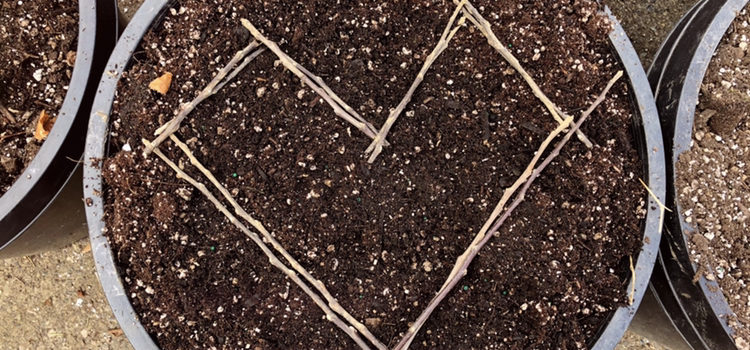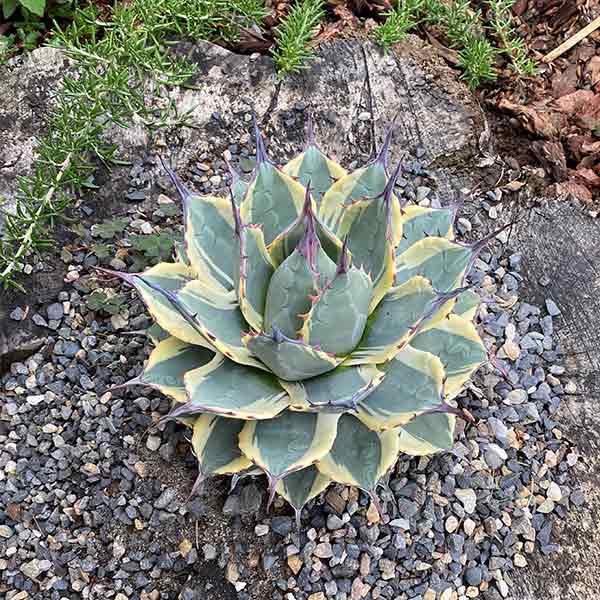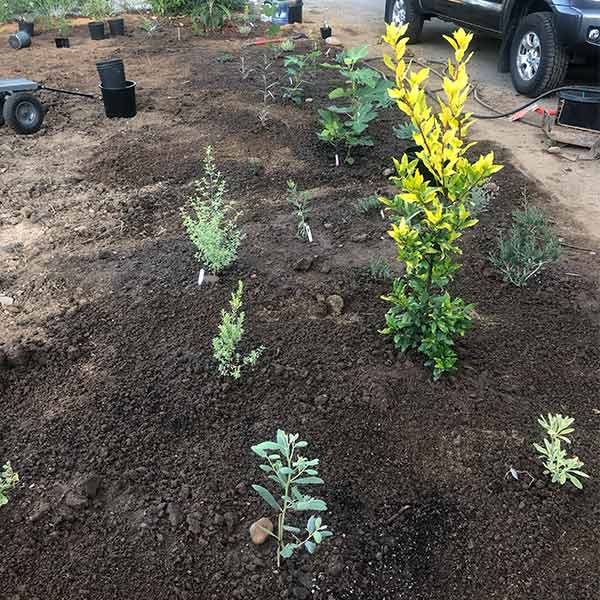
Soil Drainage 101

What in the One Green World does “well-draining soil” actually mean? We’ve all seen this listed on indoor, garden, and orchard plant descriptions. We all know most varieties grow best in this elusive, mysterious medium. But what exactly is it? How do we tell if our soil is well-draining? If our soil isn’t well draining, should we reject gardening as a hobby altogether? What are some signs we’ve finally attained it?
Let’s get down to it!
The goal is to have (or create) soil that supplies both air and water to plant roots in about equal proportions. If you have coarse, sandy soil, you may notice that water drains quickly through it, so your plants dry out and wilt sooner. But in heavy clay soil, you may have the opposite problem, where water takes a long time to drain, causing roots to rot from a lack of airflow. Fortunately, it is possible to improve your soil if your garden suffers from either extreme. Improving its drainage will go a long way toward creating a healthy, successful garden or orchard.
Simply put: well-drained soil allows water to enter the soil structure at a moderate rate without pooling or puddling, hang out for long enough for the plants to absorb the water they need, and then move along, making way for good ol’ oxygen to join the party; the oxygen is also absorbed by the roots and allows them to “breathe” between waterings. Cool, right?
What are some characteristics of well-drained soil?
Imagine you fill a jar with various sizes of marbles. Each marble represents a soil particle. The spaces between the marbles are filled with oxygen and water, both of which are necessary for healthy plant growth. When it rains or you water your garden, these pore spaces in between the soil particles fill with water. As the water moves downward through the soil, it’s replaced by air. This movement is referred to as soil drainage, so let’s talk about why the speed of this process is important.
Well-drained soil retains water long enough for roots to absorb what the plant needs and dries out sufficiently between rains or waterings so that roots can take up oxygen in the air that replaces the water once it drains out. Puddles that form after heavy rain are absorbed quickly by well-drained soil. Generally, these soils have a loose structure that makes them easy to dig in. When soil drains too quickly, plants do not have enough time to absorb the water and can die. Likewise, when the soil does not drain quickly enough and plants are left in pooling water, their oxygen intake from the soil is reduced, root rot can set in, and the plants can die. Plants that are weak and suffering from insufficient or over watering are more susceptible to disease and insect damage too. Bad news bears!
How do I tell if my soil is well-draining?
Determining how well your soil drains is pretty easy. Just dig a hole approximately 15” x 15” and fill with water. After it drains completely, refill it with water and note how long it takes for the water level to drop. In soil with good drainage, the level should drop about an inch per hour.

How can I improve drainage?
To improve soil drainage, begin by simply digging organic matter (like compost or shredded leaves) into your existing soil. Compacted, clay, and sandy soils all benefit from being amended with rich organic materials. For areas with poor drainage to either extreme, too wet or too dry, thoroughly mix in organic materials such as peat moss, compost, shredded bark, or manure. Nutrient-rich, properly drained soil is very important for healthy plants. This is a straightforward solution and works for almost any soil that drains too fast or slowly. For an unplanted bed, spread 3-4 inches of your organic matter across the surface of the soil and work it into the top 8-12 inches (a garden tiller or pitchfork will do the job). For a bed that is already planted, add a couple of inches of compost to the soil surface each year and over time, nature will do the mixing. Compacted and clay soil can drain poorly and cause plant roots to sit too long in wet conditions. We advise against adding sand to clay soil to improve drainage– this will just make the problem worse! If you have heavy clay or compacted soil, either amend the soil to make it more porous or choose plants that can tolerate wet areas. Clay soil may be improved by installing a drain tile. Sandy soil can drain water away from plant roots too quickly. For sandy soil, amend the soil or choose plants that can tolerate dry and drought-like conditions. If you’d rather avoid lots of digging or want a quicker solution, you may find your solution in installing raised beds. The beds should be at least 6-8” above the existing soil level. Recipes abound for soil mixes for raised beds, but they are basically combinations of high-quality topsoil (40-60%) and compost or other well-decomposed organic matter. Creating well-draining soil in pots is similar. You can either buy bagged potting mix or make your own blend. We don’t recommend using soil from your garden in containers, no matter how well-drained.
Why are some parts of my garden or yard more well-draining than others?
It’s important to note that drainage may be different in different parts of your yard. There are many reasons why this occurs, including the removal of topsoil during construction, compaction with heavy equipment, drainage towards or diversions from municipal systems and utilities, or simply the lay of the land. If there is an area of the yard where the soil stays wet for long periods, the best solution may be to simply select plants that thrive in poorly drained, soggy soil such as Elephant Ear, ferns, and willows. Similarly, if an area of your yard stays on the dry side, no matter how much it rains or you water, that’s where you should place drought-tolerant plants, such as ceanothus, lavender, and yucca.
